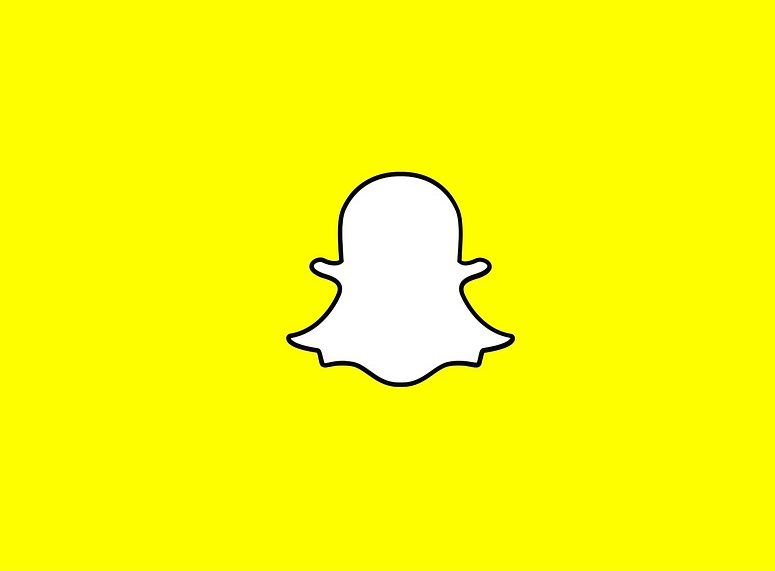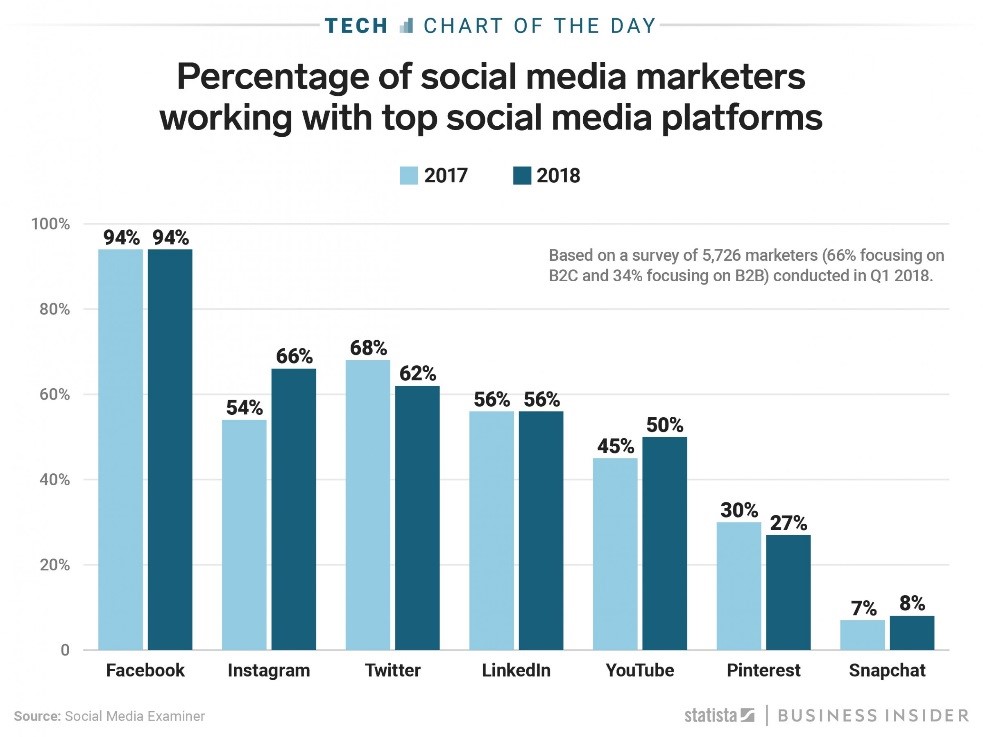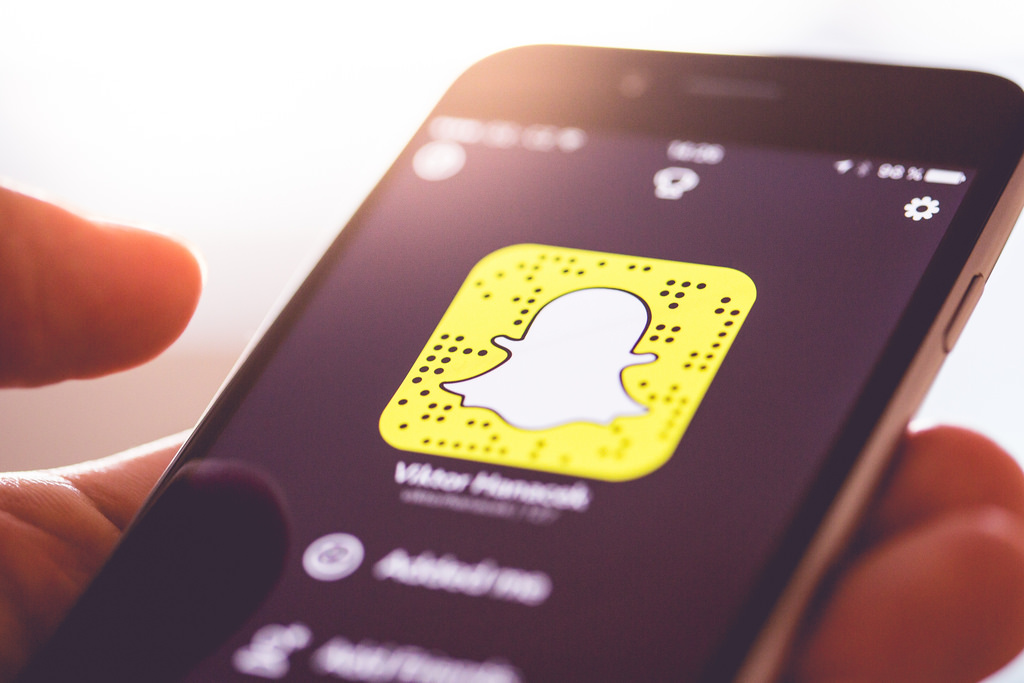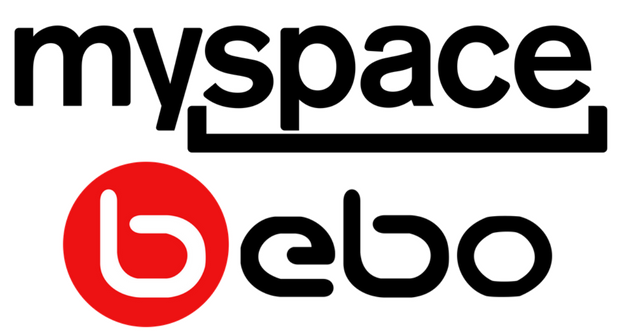What Marketers Can Learn From The Rise and Fall of Snapchat
It’s been nearly seven years since Snapchat burst onto the multimedia messaging and social media scene. From day one, the app’s popularity grew – predominantly amongst millennials. However, of late, Snapchat has ceased to captivate and retain users. So, what went wrong?

In 2011, Snapchat met the needs of young social media users, by providing a ‘in the moment’ social media platform that straddled the private nature of messaging apps with the millennial desire to share our lives and activities in the digital world. Since then, other social media platforms, such as Facebook and Instagram, have harnessed Snapchat’s USP – ‘stories’ and temporary ‘moments’. An unpopular update and controversial ‘news’ feature later, are we witnessing the end of the social app? More importantly, what can marketers learn from the fall of the once widely popular app?
The Rise and Rise of Instagram
In order to fully understand the fall of Snapchat, we need to consider the rise of one of its biggest competitors. This year, Instagram has reached 500 million daily active users. With Instagram’s story feature launching in 2016, it appears that this gain has come at Snapchat’s loss, as many users flocked to an app that provided them with both a visual, photo profile and ephemeral ‘in the now’ stories that can be decorated with hashtags, geotagging, stickers, text, filters and now, even GIFs.
The bottom line is, Snapchat was never going to be bullet-proof. Though, simply meeting the needs of users back in 2011 led to a sharp growth in popularity grew quickly, the novelty has worn off for millennials – who are no longer the teenagers they were when the app first launched. Additionally, Snapchat has gone from once providing users with something new and different to now, apparently offering users far less than other story-incorporating platforms.
Additionally, Snapchat is not as brand or influencer friendly as Instagram. Even before updates and overhauls, Snapchat struggled to retain brands and influencers who have found better marketing and promotional opportunities with Instagram and other social channels (Twitter, Facebook, etc.). Furthermore, conversely to Facebook, Twitter and Instagram’s analytics tools, Snapchat does not currently provide promoters or advertisers with a good amount of data regarding their posts and followers.

Lesson: Always think about the longevity of your brand. Unlike Snapchat, Instagram and its parent company, Facebook, have researched and evolved with the needs of its users. Market research and persona development is key to staying ahead of the game, rather than playing catch-up.
Isn’t The Customer Always Right?
Not according to Snapchat…
In February 2018, the update was more of an overhaul, with the ‘friends’, ‘discover’, ‘stories’ sections were all altered, so much so that many users found the new layout confusing and unintuitive.
Despite numerous complaints and 1.2 million signatures on a Change.org petition for Snapchat to reverse the update and return to the older design, Snapchat asked users to stick with it, insisting that the experience would improve once users had got used to the new format. Months on, users still aren’t happy:
Lesson: There are two big lessons to be learnt here.
- Research, research, research. If you don’t invest time in getting to fully understand the needs of your audience, product changes, updates and other additions will always be a gamble.
- Listen to your audience at all stages of a new update, product or service roll out. As well as allowing you to tailor the changes or additions to your audience, it will also prepare you for any potential negative reactions. Snapchat have taken a colossal risk by sticking with what they think is best for their users, as not only is the app experience an issue, customers are now far less likely to feel valued or appreciated.
When Twitter increased its characters, it did so slowly. As well as testing the waters with this rather integral change, the hashtag #280characters was trending, with a range of tweets regarding the alteration – some good, some bad, some humorous. Perhaps, had Snapchat rolled the new changes out slowly, there would have been a more positive response, due to the initial exclusivity. Furthermore, any negative backlash would have been minimised and Snapchat could have altered or reversed the update – if they wanted to…

Influencer Marketing Gone Bad
Speaking of influencer marketing, Snapchat has found itself at the wrong end of the power of influencers.
In February 2018, model, entrepreneur and reality TV star, Kylie Jenner tweeted twice about Snapchat. Initially she tweeted about Snapchat’s unpopular update, saying that she ‘didn’t know how she felt about it’. Less than two weeks later, a second tweet read that she rarely used the app.
The popular omnipresence of the Jenner-Kardashian clan on television, magazines and on just about every social media channel (bar probably Snapchat now…) makes them incredibly powerful influencers, particularly for millennials and Generation Z – Snapchat’s main audience. As a result, the later tweet knocked a huge $1.3 billion off of Snapchat’s market value.
Lesson: Never underestimate the power of influencers. Though seemingly out of Snapchat’s control, perhaps a little (a lot) more research and a better handling of the barrage of complaints would keep far more customers happy – no matter how famous or influential. The salt in the wound here for Snapchat, is that Kylie Jenner’s seemingly off the cuff tweet amplified and supported the views of unhappy users.
Use the powers of influencer marketing for good by choosing a figure that not only appeals to, but also represents your target audience. Perhaps having a Kardashian or Jenner on side
More Controversy… and Another Unhappy Influencer
Following a turbulent February for the app, in March 2018, Snapchat posted a poll asking users ‘Would you rather punch Chris Brown or slap Rihanna?’
Rihanna then took to Snapchat’s arch-enemy, Instagram, to slam Snapchat for being so insensitive to domestic violence victims, urging fans to delete to app. Snapchat apologised, but unsurprisingly, the damage was done and the controversy wiped another $1bn (£720m) off the value of Snapchat’s parent company, Snap Inc.
Lesson: There is definitely such thing as bad publicity – as Snapchat learnt the hard way. To avoid reputation-damaging nosedives, think more than twice before executing potentially offensive or insensitive marketing activities. This largely comes down to common sense and sensitivity, so think about how content or actions can be perceived.

Will it go the same way as Bebo and MySpace?
Given the destructive combination of the above factors, Snapchat’s decline in both B2B to B2C custom that doesn’t look to improve any time soon. Though, maybe it’s not all doom and gloom; the app continues to capture the Gen Z audience, as they appear to prefer the private nature of Snapchat and have not grown tired of it like Millennials.
So, with that in mind, where should Snapchat go from here? Perhaps they are best stripping things down and return to positioning themselves as a messaging app, rather than a social media platform. Though this may still fail to capture the wider audience, it appears that Snapchat has already tried and failed to compete with other social media platforms – particularly those that are offering Snapchat’s initial ‘story’ USP as an added feature.
To find out more information on GDPR and how it affects Marketing, view Generate UK’s latest GDPR blog.
Here at Generate UK, we have a long history of working with clients to meet objectives and carry out successful campaigns to a variety of audience profiles. Don’t trust our word for it, find out what our lovely clients have to say.
If you would like to discuss your business with us please don’t hesitate to get in contact.